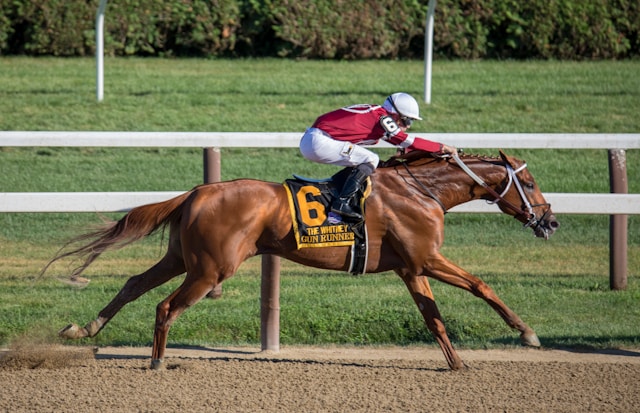When it comes to making the best predictions in horse race betting, it’s sometimes best to go with your gut. However, we don’t all have the luxury of a crystal ball. What’s more, the odds a bookmaker sets are usually high or low for a very good reason!
Bookmakers and exchanges base their betting odds on runners and riders based on ‘form’. This means that they effectively do a lot of research and homework into how runners and their jockeys perform from race to race. If you’re looking for a new Horse Race Site and want to get ahead of the game, there is certainly nothing stopping you from taking a deep dive into this research yourself!
In this quick guide, we’ll take a look at what you need to know about form in horse racing and why it remains so important.
Understanding form – at a glance
Form is a little easier to understand in horse racing than it may be in, say, football or other sports. That’s because your race card will normally tell you everything you need to know. While you may think that the details on your race card are just jumbles of letters and numbers to begin with, once you know a little more about the glossary, you can start to prepare for the races ahead.
For example, if you take a look at a standard race card, you’ll see a long number of around eight digits. The different numbers in this sequence show you the positions your horse finished in across the past eight races. If there are hyphens, there have been season breaks, with slashes showing longer spells.
There are codes to the form on your race card, too, such as letters indicating ‘F’ for a fall, ‘R’ for a jump refusal, and ‘PU’ for being pulled up. You’ll also be able to see ‘C’ on your card to indicate that this runner has won at this course before, and ‘D’ to show they have triumphed at this particular distance!
Is there more research to do?
If you’re here, you’ll already know that looking into the latest tips is always a good idea if you want to know more about form – the abridged notes without all the homework, in any case! However, you can also go one further and watch races regularly to see who the big names are, and who’s likely to make the biggest splashes from meeting to meeting.
It, therefore, pays to keep an eye on the racing channels and to pick a handful of horses, stables, and jockeys. The more you get to know specific runners and riders, the easier it will be for you to understand how they are likely to perform across distances and going changes.
The form isn’t everything, of course. A previous Derby winner may not do so brilliantly on all goings – and what’s more, there’s always the chance for upsets. Therefore, make a point to learn and read your race card at the first opportunity!



